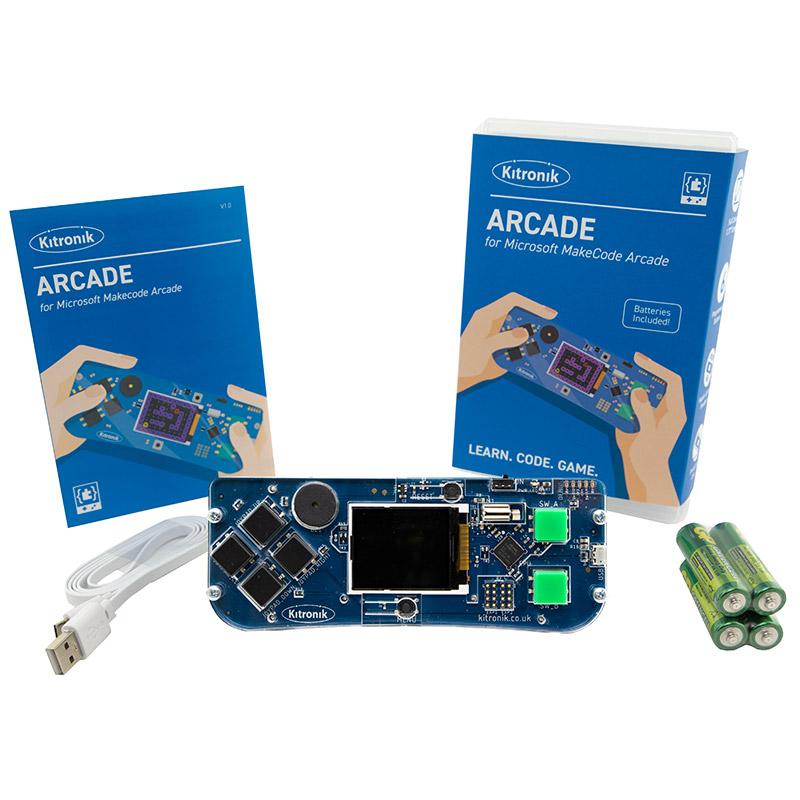Overall
Having access to this additional hardware allowed teachers to prepare for delivering new / updated learning experiences in their schools for this academic year. Teachers have reported mostly positive impacts from the new resources including:
Increased Engagement and Enjoyment
Students enjoyed the hands-on learning experiences with robots, microcontrollers, and physical computing kits.
The resources made lessons more interactive and engaging compared to traditional screen-based coding.
Students were motivated by the ability to see their code come to life in physical results.
Improved Learning
The resources helped students develop practical coding skills and understand the connection between code and hardware.
Teachers observed a deeper grasp of programming concepts and problem-solving skills.
Some teachers noted an improvement in teamwork and communication skills through collaborative projects with robots.
Broader Range of Learning:
The variety of resources allowed teachers to introduce new topics like robotics, game development, and animation.
Students were exposed to different devices and operating systems, expanding their computing knowledge.
A few teachers mentioned using the resources for real-world applications, like simulating the spread of a virus.
Challenges and Considerations:
Some teachers highlighted challenges integrating new resources due to workload constraints or lack of training.
Managing physical resources like robots could be time-consuming, especially with limited time for setup and storage.
A few teachers were unable to purchase their preferred resources due to restrictions or availability issues.
Overall, the new resources provided valuable tools for teachers to create a more engaging contexts for learning



